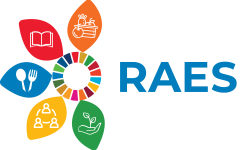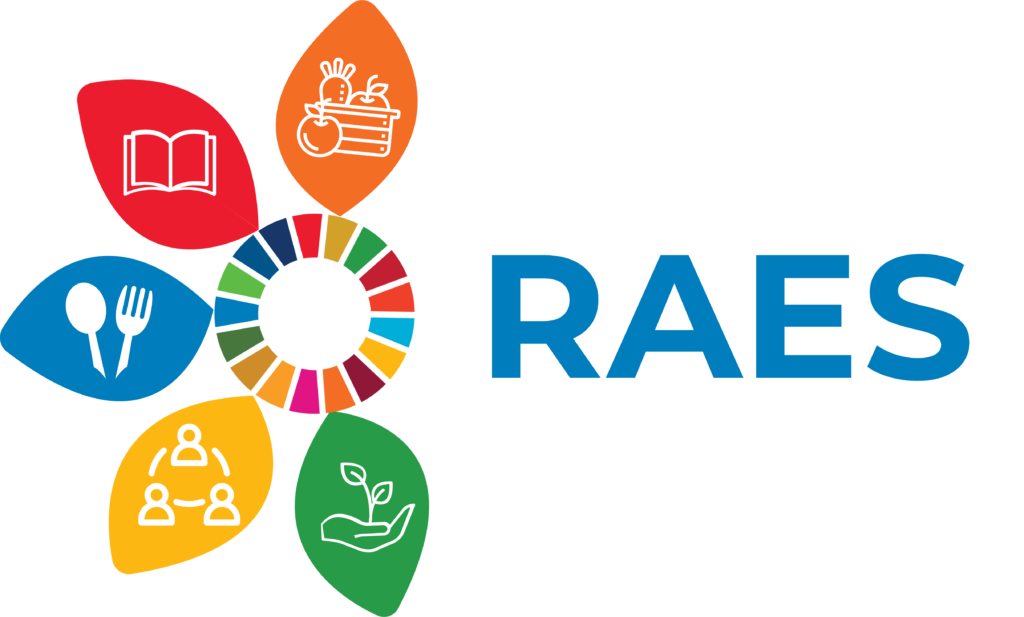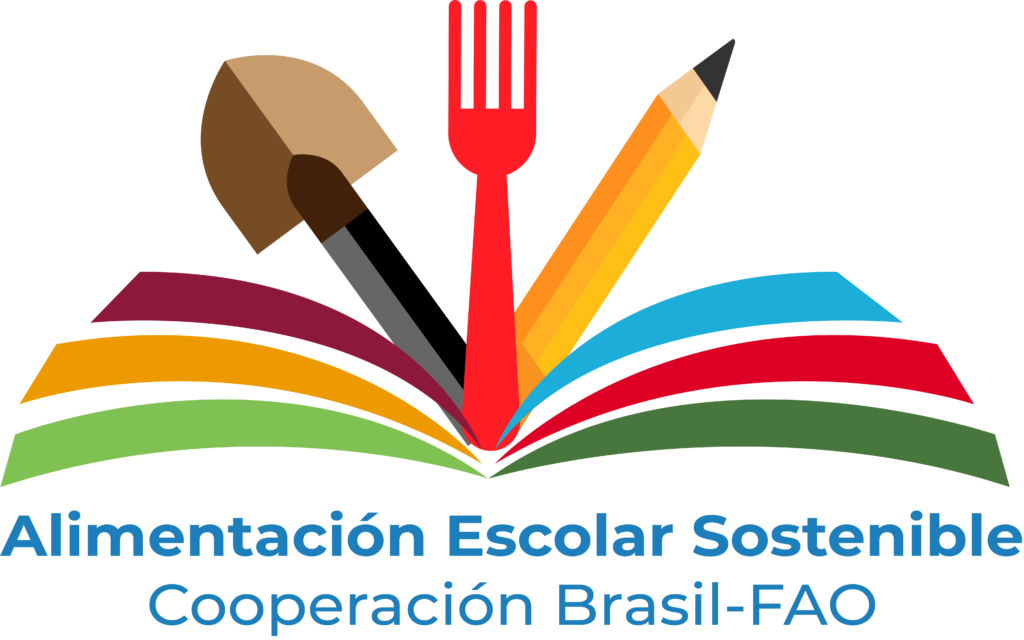In conversation with the RAES platform, Solange Fernandes, nutritionist and coordinator of the National School Feeding Program (PNAE) of Brazil, comments on the importance of the food-based dietary guidelines as instruments to support the design of public policies
Paulo Beraldo
Food-based dietary guidelines can be tools for the planning and elaboration of public food and nutrition policies in the countries, says Solange Fernandes, nutritionist and coordinator of the National School Feeding Program (PNAE) in Brazil.
In an interview with the Sustainable School Feeding Network (RAES, by its Spanish acronym) platform, Solange comments that the use of food guidelines are important to support the definition of rules for school feeding programs, as they reflect the local reality and encourage the consumption of healthy foods. “Regulating the SFP based on the Food Guidelines confirms legitimacy and coherence with the recommendations of the institutions with a health mandate in the countries”, evaluates. Below is the complete interview.

With this global scenario of growing malnutrition in all its forms, why are national food-based dietary guidelines important?
The food guidelines are an important guidance tool for directing national food and nutrition policies and programmes in the country. Based on these guidelines, intersectoral actions to promote health and guarantee adequate and healthy nutrition can be developed.
The guidelines are also tools for Food and Nutrition Education actions capable of helping health professionals, managers, individuals, and the community. They should, therefore, be accessible and easy-to-understand documents. Because they are composed of a set of information and official recommendations on food and nutrition, and they also guide the SFPs.
In this same scenario, in what ways the guidelines contribute to offering a healthy and balanced diet at schools?
Initially, it should be noted that the rules of the Brazilian National School Feeding Programme (PNAE by its Portuguese acronym) are in line with the main official documents of the Ministry of Health, the body that defines the National Food and Nutrition Policy in Brazil, especially the Food Guidelines for the Brazilian Population (2014) and the Food Guidelines for Brazilian Children Under 2 Years (2019).
The elaboration of the Ministry of Health Guidelines was based on several studies that demonstrated the negative impact of the consumption of ultra-processed foods and the association between the consumption of ultra-processed foods and the increase in obesity rates.
Because of this, the regulations governing the PNAE underwent an update in 2020, aiming to adapt the Programme’s rules to the most up-to-date recommendations of the Ministry of Health.
Thus, currently, at least 75% of the resources of the PNAE must be invested in the acquisition of fresh or minimally processed foods, in addition to increasing the mandatory weekly supply of fresh fruits and vegetables.
There was also an expansion of the list of foods that cannot be purchased with federal funds, intending to limit the presence of ultra-processed foods with low nutritional value, seeking to prevent obesity, promote health and build healthier eating habits in the school environment.
Taking as a reference that in the LAC region many countries already have produced national food guidelines and also implemented SFP, we would like your comment on: what relationship can be established between these guidelines and the SFP of each country?
Dietary guidelines serve as a reference and powerful inducer for the planning and elaboration of public food and nutrition policies. Thus, its use is fundamental to support the definition of the guidelines that govern the SFP, as they reflect the reality of its population and encourage the consumption of healthy foods within the reality of each country. Regulating the SFP based on the food guides confers legitimacy and coherence with the recommendations of the bodies with a health mandate in the countries.
From the country’s official food guidelines, it is possible to develop public policies based on the local reality, taking into account the set of necessary actions to implement Food and Nutrition Education actions, intending to promote Food and Nutritional Security, the Human Right to Adequate Food, the prevention of non-transmissible chronic diseases, child malnutrition and the construction of healthy eating habits.
Specifically, in the Brazilian case, the guides served as guiding documents for defining the rules for purchasing and offering food from the PNAE and for aligning the Programme with the National Food and Nutrition Policy in Brazil, especially in the guideline for promoting adequate and healthy eating.
Considering the relevance of the previously mentioned national guidelines, as general coordinator of PNAE Brazil and as a nutritionist, what would you recommend for our region, especially concerning the planning, definition, elaboration, and purchase of products for school menus?
The Brazilian experience of the PNAE demonstrates the importance of aligning and updating the rules of the SFP with the health promotion recommendations of the institutions with a health mandate in the country. Thus, it is suggested that the SFP legislation be developed based on the country’s official dietary guidelines.
Regarding school menus, it is important to highlight their importance in the support for the promotion of health and adequate and healthy food in schools. From the menu, the purchasing agenda is elaborated. It is essential, in this stage, that the nutritionist knows the production of the local smallholder farmers and incorporates these products, generating the demand.
Thus, the nutritionist must be aligned with the entire process, so that menus are prepared to provide adequate, healthy, safe food from a health point of view that meet the nutritional needs of students during their stay at school.
In the logic of an adequate and healthy diet, it is suggested that fresh and minimally processed foods be prioritized, avoiding the supply of ultra-processed products. One must take into account not only nutrients and foods but the combination of them, observing the culture and eating habits of the region.
To conclude, in a few words, what influence should food guides that promote national healthy eating have on school feeding programmes?
The school feeding programme is a public policy to guarantee the right to adequate food and food and nutritional security. Thus, it should aim at building eating habits and autonomy. For this, it is fundamental that the SFPs are based on scientific evidence, on the health conditions of the population, and local eating habits.
Thus, food guides are essential national documents to support the elaboration of SFP, helping in the elaboration of rules, in the daily practice of health professionals who work with school feeding, and in the implementation of the promotion of adequate and healthy eating in schools.
Learn more about food-based dietary guidelines on this page of FAO



